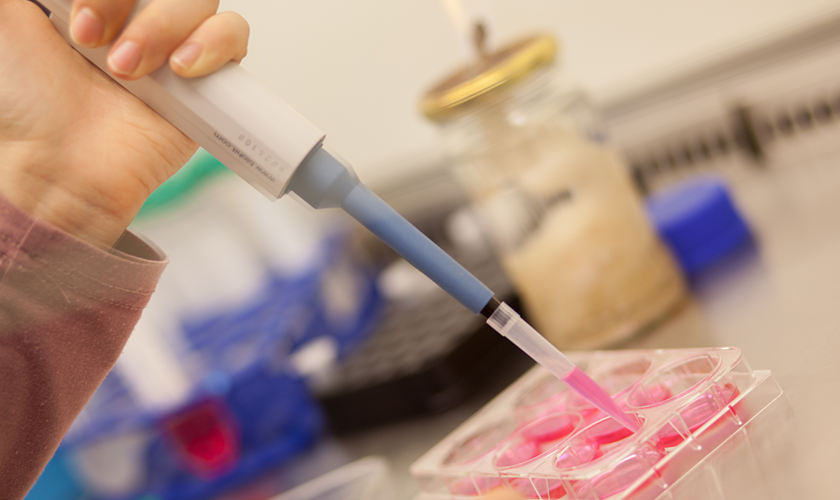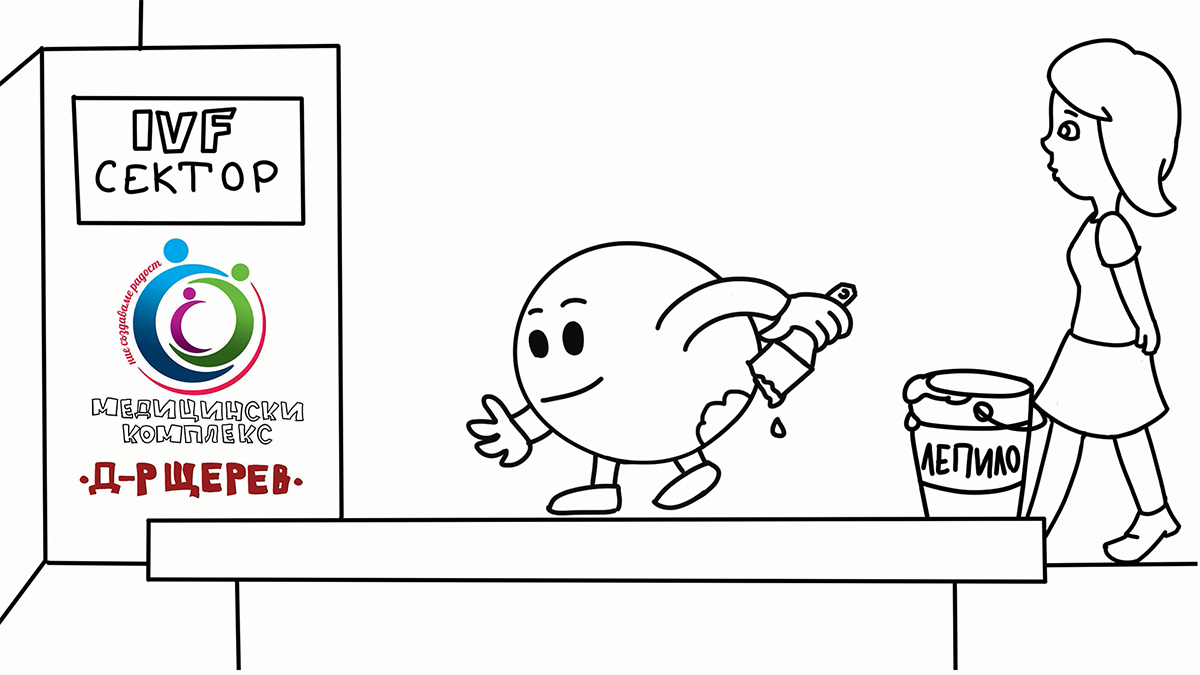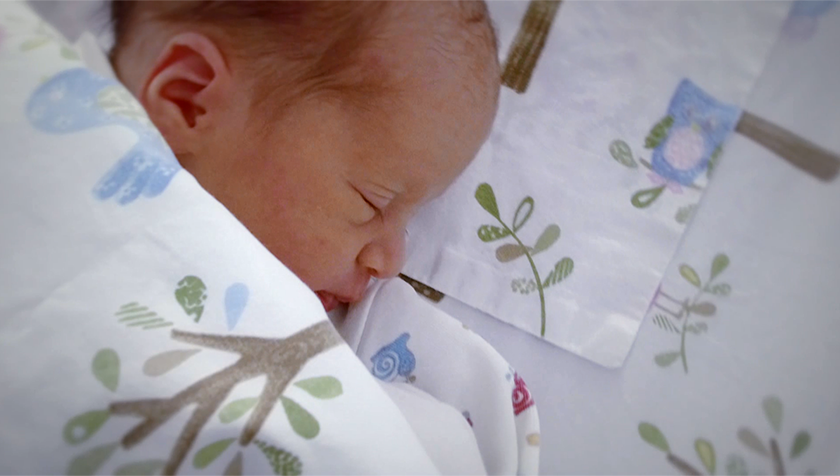
ERA - accents
- Endometrial Receptivity Analysis for successful embryo implantation is a test that is made only in Valencia Infertility Institute (IVI). Dr. Shterev Hospital signed a contract with the Spanish Institute. We offer this innovative research to its patients.
- The test is done by endometrial biopsy (uterine mucosal biopsy) on a defined day of the monthly menstrual cycle.
- See below our exclusive video for the techniques which increase IVF success rates.
Endometrial Receptivity Analysis (ERA)
What is ERA?
ERA stands for Endometrial Receptivity Analysis. It is a test which uses a small sample of a woman's endometrial tissue to evaluate whether or not the endometrial lining is prepared to accept an implanting embryo. It has been developed and patented after ten years of scientific researches in IVI – Instituto Valenciano de Infertilidad and is performed only in this Institute (for Europe). Dr. Shterev Hospital signed an exclusive contract with the Spanish Institute and offered the test for the patients that need it.
The test is done by endometrial biopsy (uterine mucosal biopsy) on a defined day of the monthly menstrual cycle. It is a fast procedure that is done in ambulatory conditions by your gynecologist. The doctor takes a small sample of an endometrial tissue using a special catheter. The sample is stored and saved and then – under special conditions transported to IVI's laboratory, where it undergoes a highly specialized genetically analyses. Subsequently, special software developed for this purpose processes the obtained data and qualifies the uterine lining as "receptive" or "non-receptive."
The research is based on a definition of the gene expression profile of the endometrial tissue and analyzes the expression of 236 genes that are connected with the implantation. Its goal is to define the so-called "implantation window" or to find out if the period for the contact between the embryo and the endometrium is in standard time ranges and corresponds to the ultrasound picture and type of uterine lining, or has been shifted over time.
How does it help?
Some patients undergo three or more rounds of IVF, and everything seems to go well: a good number of eggs at retrieval, a good fertilization rate, the embryos appear to be healthy and high quality, the uterine lining looks good, the transfer goes smoothly, but the pregnancy never "sticks." The reason may be the miss of uterine receptivity in the moment of the embryo transfer. The genetic analyses ERA shows that those patients have so-called "no receptive endometrium" – endometrium that would not accept the implantation of the fertilized embryo. In those cases, the reason may be that the "implantation window" has moved forwards (pre receptive) or backward (post-receptive) in the menstrual period. For IVF cycles, this could mean that the embryo transfer is happening on the wrong day, when the window has not opened yet or has already closed, thereby causing implantation failure.
When there is such a lag, corrective actions can be taken. The goal is to increase the chances for successive implementation and respectively – conceiving after following in vitro/ICSI procedure. If such a lag is detected through the ERA, so-called "personalized embryo transfer" is proceeded – the transfer of the fertilized embryos is scheduled for those days in the monthly cycle that were analyzed as suitable for possible implantation.
When should it be done?
Endometrial Receptivity Analysis is cases of:
● The woman is 38-year-old or older (with own oocytes)
● FSH rates under 8mIU/mL
● Normal ovarian reserve
● Failed attempts with more than 6 aspired mature oocytes
● More than three failed in vitro/ICSI cycles, with two or more good quality embryos each (this criterion is used with patients used donor oocytes, too)
● Endometrium thickness - more than 6 mm
Techniques for increasing the success rate in IVF - contact us
The composers of joy - here you can meet the embryologists and biologists of Dr. Shterev Hospital. Every day they apply the highly specialized techniques which increase the chances for success of the couples with reproductive problems.
Book your appointment with a reproductive specialist via a phone call to +359 2 920 09 01 or via our digital communication channels - website, Viber, Facebook Messenger.
Video: Techniques for increasing the success rate in IVF
Watch our cartoon video, in which brightly and funnily we will introduce you to the high-tech procedures, implemented in Dr. Shterev Hospital. You will learn about the additional techniques and methods, which increase the success in ART. You will also learn when and why we execute them.
Video: The joy we create
Watch the video to learn how the complex names of the different IVF lab techniques transform into the most significant celebration to our patients.
Additional techniques - resume
Dr. Shterev Hospital team has more than 30 years of experience in the field of assisted reproductive techniques. For that period the specialists managed to help thousands of women and couples to feel the greater joy - the happy laughter of their one baby. More than 10 000 are the children born after different assisted reproductive techniques and modern laboratory methods for infertility treatment, applied by all the gynecologists, embryologists, and biologists in Dr. Shterev Hospital.
Additional IVF Techniques
Additional IVF Techniques
назад- EmbryoScope (Time-lapse embryo imaging)
- EmbryoGlue
- Local Endometrial Injury (LEI)
- Growth medium for RIF/RPL
- Intracytoplasmic Morphologically Selected Sperm Injection (IMSI)
- Assisted Hatching
- Co-cultivation of embryos
- Magnetic Activated Cell Sorting (MACS)
- Preimplantation Genetic Diagnosis
- Calcium activation
- Spindle View and Zona Pellucida Analysis
 Медицински комплекс „Д-р Щерев”
Медицински комплекс „Д-р Щерев” 
